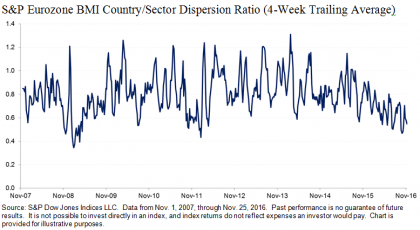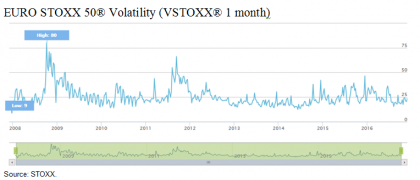In the past few years, there has been a paradigm shift in the investment strategy adopted by market participants, wherein they are shifting from a strategy of short-term gain to one of long-term value creation. Traditionally, market participants have considered publically available records like balance sheets, income statements, and annual reports to analyze the long-term value proposition of companies. However, they have started to give importance to environmental, social, and governance (ESG) aspects when assessing companies’ long-term strategy for wealth creation. Globally, ESG factors are considered a mainstream investment strategy. Market participants now believe that the long-term financial sustainability and value creation of a company are dependent on how a company manages its ESG aspects in the long run.
Let us now discuss the components of ESG individually.
- Environmental criteria analyze companies based on their policy on green technologies, climate change, greenhouse gas emissions, renewable or alternate energy sources, waste management, pollution control, water management, natural resource conservation, deforestation, Risks associated with these environmental aspects are looked into, and the company’s management of these risks is assessed.
- Social criteria look at company policies regarding social factors like consumer protection, human rights, working conditions, health and safety measures, employee relations and diversity, etc. The nature of the business is also considered, as many market participants avoid businesses involved in alcohol, tobacco products, gambling, pornography, military, weapons, fossil fuels, and other industries they may not consider socially acceptable.
- Governance criteria look at transparency in accounting methods, board independence, bribery, corruption, political party donations, executive compensation, disclosures under various regulations, rights of minority shareholders, etc.
ESG investments have matured globally, and many fund managers are tracking various ESG indices like the S&P 500® ESG Index, S&P Global 1200 ESG Index, etc. Passive fund managers use ETFs or structured products that track an ESG index. On the other hand, active fund managers depend on ESG scores to make active investment bets. S&P Dow Jones Indices has partnered with RobecoSAM, a global specialist in sustainability investing, to provide ESG scores.
ESG investing in India is a new concept. Some banks have issued green bonds that have been well received by market participants. In the equity space, S&P BSE Indices has two indices in the sustainable investment space—the S&P BSE CARBONEX and S&P BSE GREENEX. Traditionally, Indian companies have poor ESG disclosures compared with their global peers. In recent years, some global market participants have pulled their investment from Indian companies because they did not comply with the international ESG standard benchmark. However, this is undergoing a change, and both corporates and market participants have started to accept the importance of ESG factors in doing business.
ESG investing in India is expected to evolve and align itself with global market trends. This shift is expected to gain momentum in the next few years in India, and more market participants will likely integrate ESG aspects into mainstream investment decisions, with the ultimate goal of long-term value creation.
The posts on this blog are opinions, not advice. Please read our Disclaimers.

















































